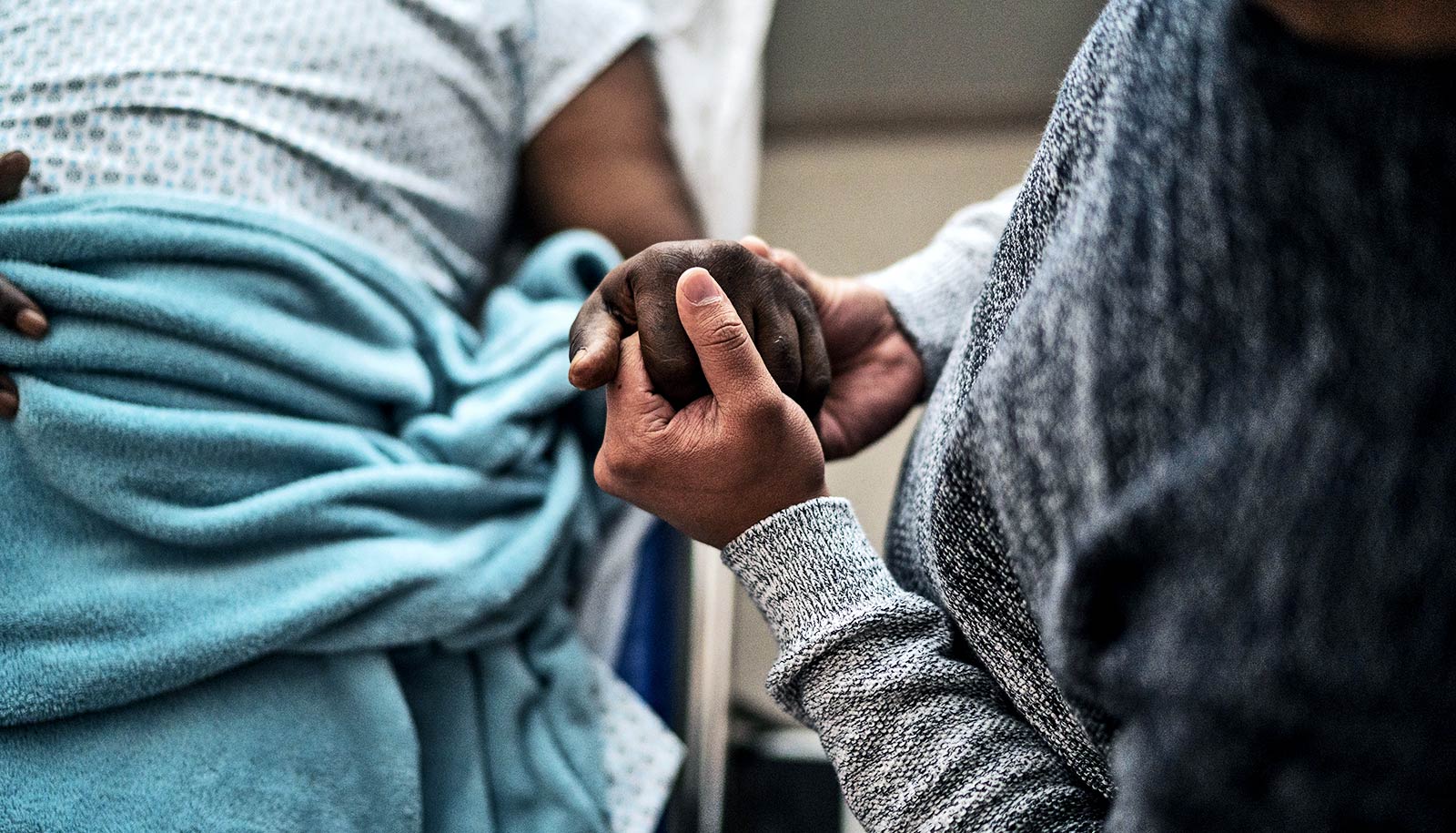More than half of Medicare beneficiaries are diagnosed with dementia during their lifetime and, of those diagnosed who receive intensive end-of-life care, most are from racial and ethnic minority groups, according to a new study.
Intensive treatment includes mechanical ventilation, intubation, feeding tube initiation, and new dialysis.
Researchers have known that race and ethnicity play a role in the intensity of medical care at the end of life, but the difference is more pronounced among individuals with dementia, they say.
“Dementia appears to have a multiplicative effect,” says Elizabeth Luth, an assistant professor in the family medicine and community health department at Rutgers University and lead author of the study published in the Journal of the American Geriatrics Society.
“This difference is not problematic if it reflects patient preferences for intensive services,” says Luth, who is also a faculty member at Rutgers’ Institute for Health, Health Care Policy & Aging Research. “However, additional research is needed to understand whether these differences may be attributable to other factors, including systemic racism, discrimination, poor physician communication, and other barriers to accessing health care.”
To measure the role of race and ethnicity in end-of-life care for people with dementia, Luth and colleagues calculated total medical costs for 463,590 Medicare beneficiaries nationwide. Using claims data, the researchers tallied inpatient, outpatient, carrier, skilled nursing facility, and hospice expenditures for patients’ final 30 days of life. Higher costs indicated greater care intensity.
In addition to determining 51% of Medicare patients die with a dementia diagnosis claim, the researchers made another discovery: Race and ethnicity may influence how people with dementia live out their final days.
“While people with dementia received intensive services less often than people without dementia, those with dementia who did receive intensive services were more likely to be from racial or ethnic minoritized groups,” Luth says.
The magnitude of this effect differed by dementia status. For example, among people without dementia, compared to non-Hispanic Whites, Asian American, and Pacific Islanders had 73% higher odds of intensive care at the end of life. However, among persons with a dementia diagnosis, Asian American and Pacific Islanders had 175% higher odds of receiving intensive procedures.
The findings should prompt efforts to improve end-of-life care and outcomes for people with dementia, Luth says. Medicare reimbursements for physician-led advance care planning conversations could help, she says, as would end-of-life care counseling for all hospitalized patients.
“In the absence of a designated decision maker, the default approach in end-of-life care is to provide intensive services,” Luth says.
“If there isn’t anybody advocating either way, whether it’s the family or the patient themselves, the default is always more hospitalization, which might not be the type of care the patient wants or needs.”
Additional coauthors are from Vanderbilt, Cornell, and Harvard universities.
Source: Rutgers University


